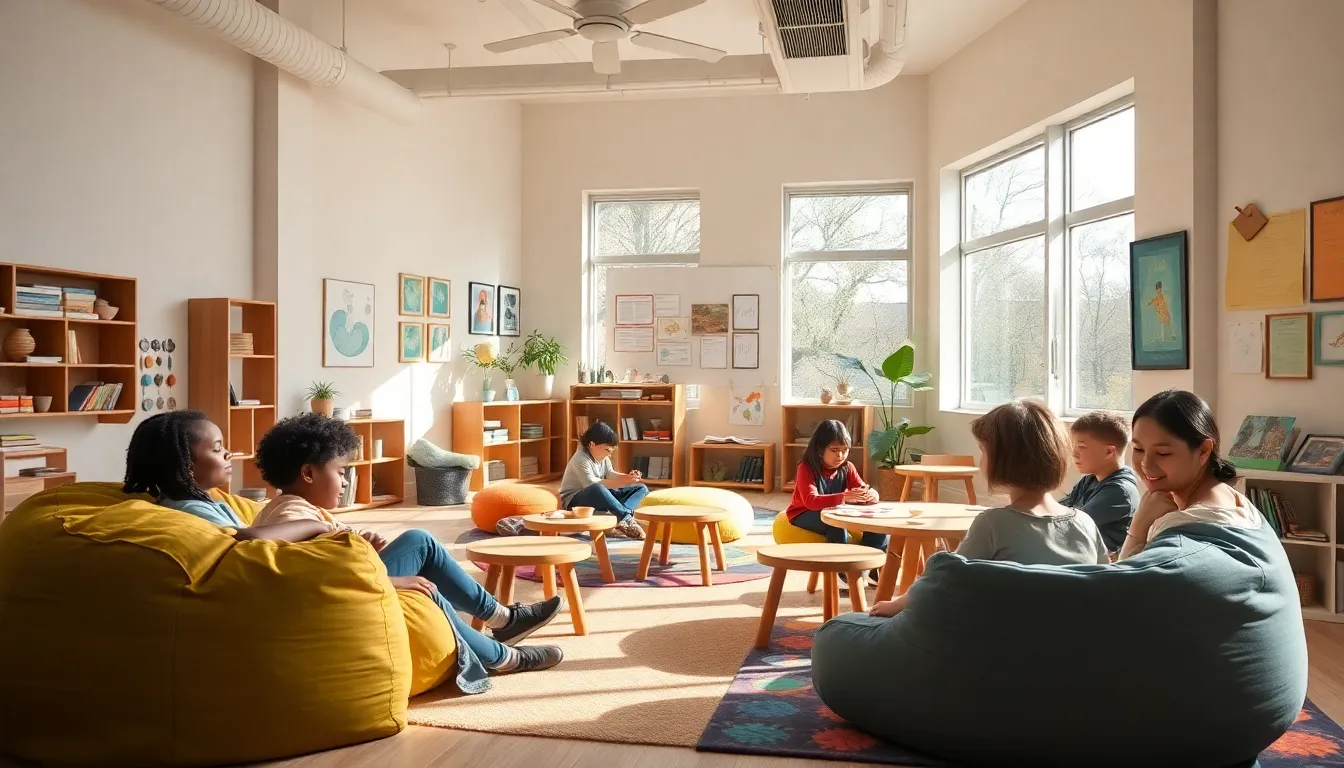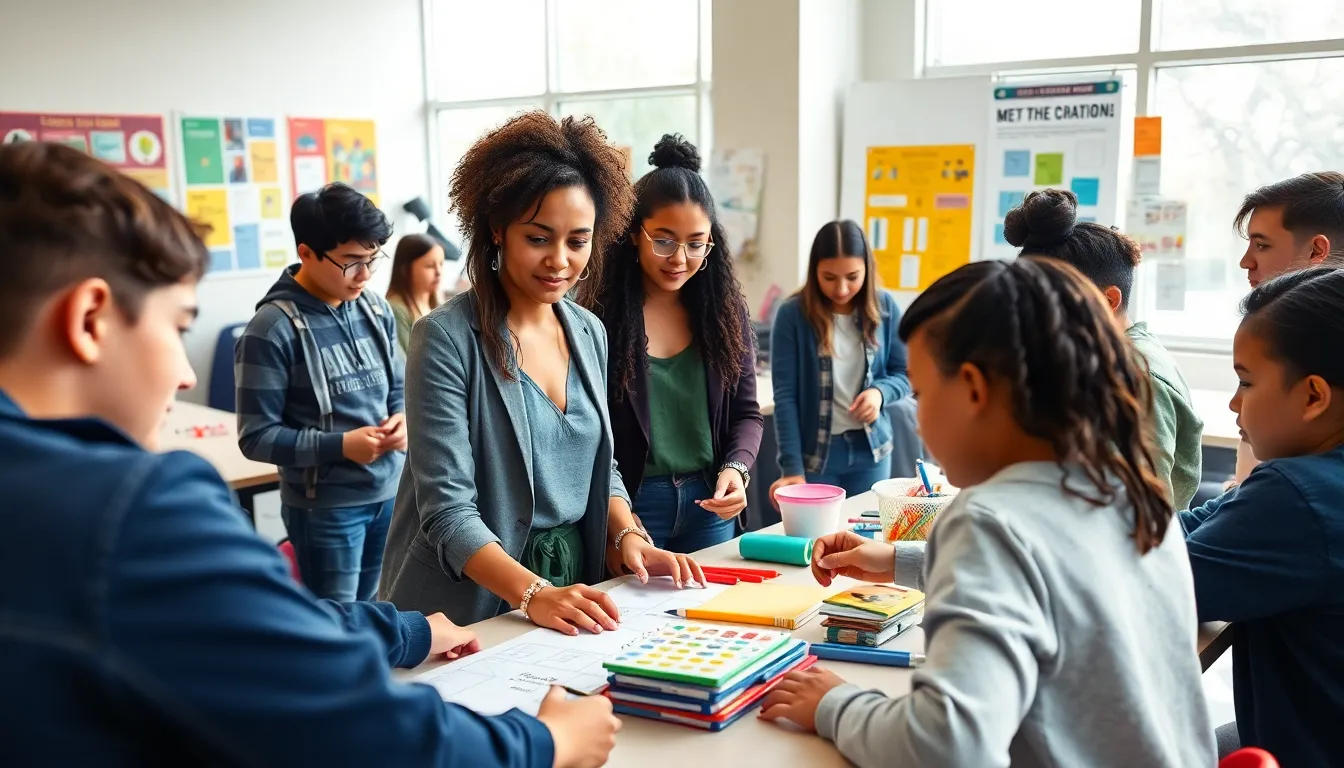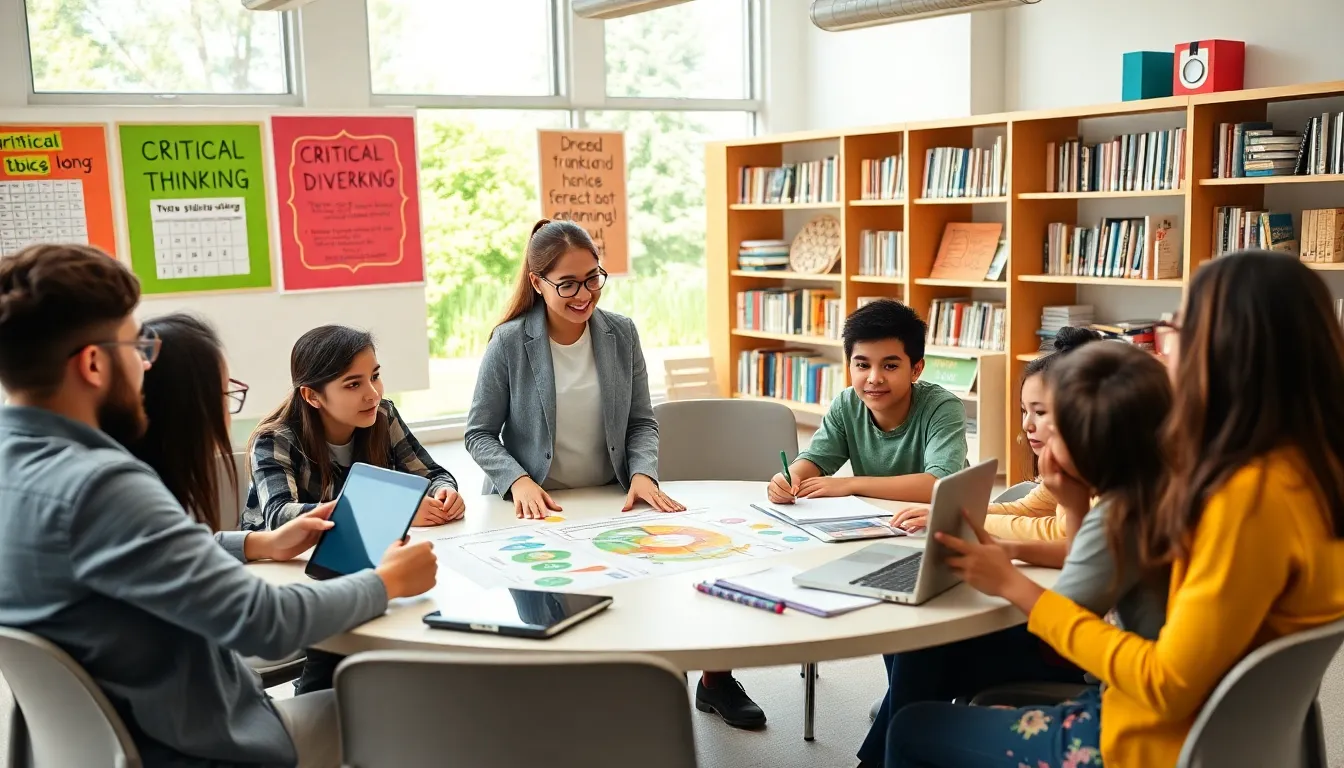Ever feel like traditional education just doesn’t quite fit? You’re not alone. Picture an academy where creativity meets genuine learning, sounds intriguing, right? The Alternative Education Academy offers innovative learning experiences tailored for those who dare to challenge the norm. In this exploration, we’ll dive deep into what alternative education really means, its fantastic benefits, and how to find the right academy for your unique journey.
Ready to transform your or your child’s education? Let’s embark on this adventure together.
Table of Contents
ToggleUnderstanding Alternative Education

Alternative education encompasses a variety of educational approaches that deviate from the traditional methods commonly seen in public and private schools. At its core, alternative education prioritizes individualized learning over standard curriculums. This means students often experience a model that respects their unique learning styles, interests, and pace.
In recent years, there’s been a noticeable shift in how parents and educators view education. Many are realizing that not every child thrives in the rigid structure of conventional classrooms. Alternative education caters to diverse learner needs and places greater emphasis on critical thinking, creativity, and social skills, all fundamental in today’s world.
This approach also includes an array of systems, including Montessori, Waldorf, homeschooling, and project-based learning, which offer different philosophies and methodologies. By understanding what alternative education truly means, one can appreciate the myriad options available today.
Key Principles of Alternative Education
The principles guiding alternative education stem from a desire to foster creativity and independence in learners. Here are some core tenets:
Individualized Learning
Each student is viewed as a unique individual. Schools adapt their teaching methods based on a child’s needs and interests, creating a customized learning environment.
Collaborative Learning
Instead of rigid competition, alternative education fosters collaboration. Students often engage in group projects, encouraging teamwork and communication skills.
Student Empowerment
In many alternative settings, students have a say in their education. This empowerment boosts self-motivation and encourages a deeper investment in their learning.
Lifelong Learning
Emphasizing the importance of learning beyond traditional schooling, alternative education promotes curiosity and a passion for knowledge that extends well into adulthood.
Types of Alternative Education Models
Alternative education includes an array of models, each tailored to various learning preferences:
Montessori Schools
Founded by Dr. Maria Montessori, this model promotes self-directed learning, with children engaging in hands-on activities that encourage exploration.
Waldorf Education
Waldorf education focuses on a holistic approach, integrating arts, academics, and practical skills. It seeks to nurture creativity and social responsibility.
Homeschooling
More families are choosing to homeschool, offering flexibility in learning schedules and content. Parents can create personalized curriculums tailored exactly to their children’s needs.
Project-Based Learning
This method encourages students to engage deeply with real-world problems, collaborating on projects that stimulate creative thinking and teamwork.
By exploring these diverse models, families can find the right fit based on their values, priorities, and the specific needs of their learners.
Benefits of Attending an Alternative Education Academy
Choosing an alternative education academy often comes with a slew of benefits:
Enhanced Engagement
Students engaged in alternative education models frequently show greater interest in their studies. With tailored curriculums that spark their passions, they are more likely to dive deeper into subjects.
Development of Critical Skills
Emphasizing creativity and critical thinking helps students develop skills necessary for navigating a complex world. They’re not just learning facts: they’re learning how to think.
Supportive Learning Environment
In many cases, smaller class sizes and a collaborative atmosphere foster strong student-teacher relationships, which can enhance learning outcomes.
Lifelong Friendships
Alternative education communities often cultivate friendships based on shared interests, resulting in lasting connections that extend beyond academic settings.
Challenges and Considerations
Even though its myriad benefits, alternative education isn’t without challenges. Families considering this path should weigh several factors:
Certification Concerns
Some alternative schools may not be accredited, leading to potential issues with college admissions or job prospects. Researching accreditation is crucial.
Socialization
While alternative education environments foster close-knit communities, some worry about the limited social interactions that can sometimes arise. It’s vital to encourage extracurricular activities or group socializing.
Parental Commitment
In models like homeschooling, a lot falls on the parents. They must dedicate time and effort to ensure their child receives a rounded education. This commitment isn’t for everyone.
How to Choose the Right Alternative Education Academy
Selecting the right alternative education academy can be a game-changer. Here’s how to navigate the process:
Define Your Goals
What does your learner need? Identify educational goals, whether they focus on academic performance, social-emotional skills, or creative pursuits.
Visit Potential Academies
Take tours and meet educators. Observe class dynamics and ask questions about their teaching philosophy. This hands-on exploration can provide invaluable insights.
Talk to Other Parents
Engaging with current or former families can shed light on each academy’s culture and reputation. Their experiences can guide your choices.
Evaluate Academics
Find out how each academy structures its curriculum. Make sure it aligns with your expectations for educational content and outcomes.

